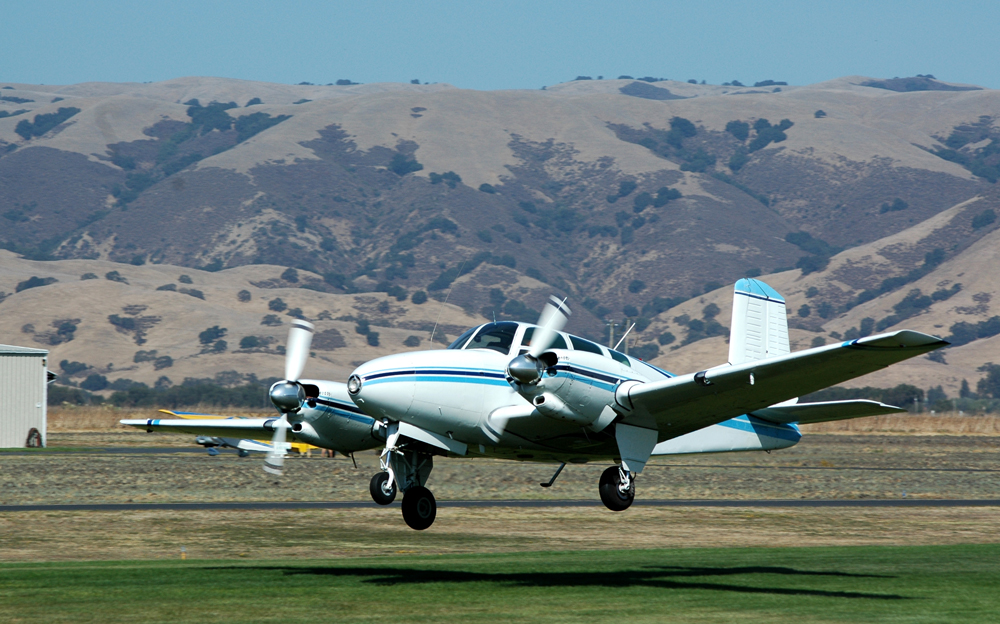You lift of from the runway with both engines running. At 300 feet the right engine surges and quits. After four or five seconds you realize what happened. The aircraft starts to settle in from a climb to a profile descent from 1200 fpm climb headed downward. Then:
- Everything forward
- Gear and flaps up check
- Identify
- Verify
- Dead Foot Dead Engine
- Throttle Back
- Feather the Prop
- Mixture pulled back
Now you realize the vertical speed indicator and artificial horizon are headed down. Your try to catch the descent and the airspeed is headed down. All from 300 feet AGL after rotation. Total time, if you are lucky, from engine loss to the point in time you recognize the altitude loss problem? Twenty to twenty-five seconds if your lucky and you still don’t have the airplane stabilized.
Everyone who thinks you have a problem based on the above FAA way to stabilize and save the aircraft raise your hands. Wow, lots of hands in the air.
An immediate training response is critical and you don’t have to use all the procedures that are listed above. In fact there are really four procedures required to get the plane stabilized and yes in most situations you can save the single engine descent with those four steps.
We call the procedures used to keep that twin flying on one engine “stabilization.” It works and it all resolves around training. It is done in our full motion twin sim. It is done over and over until you have an automatic response. The full motion sim gives you the same feeling of flying at a low airspeed and warns you just like the plane. We wanted the pilot to not only visualize the slow flight but to feel it also.
Sim training is everything. Repetition of problems is everything. Reacting correctly is everything. Think about it.
